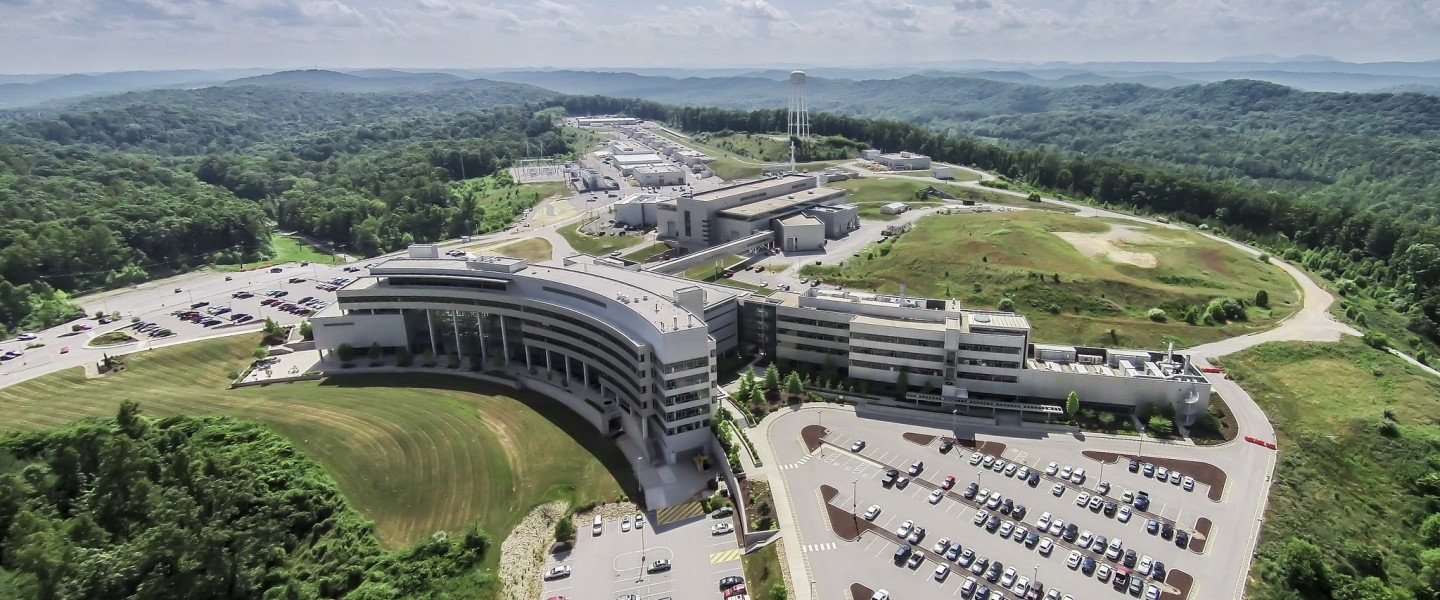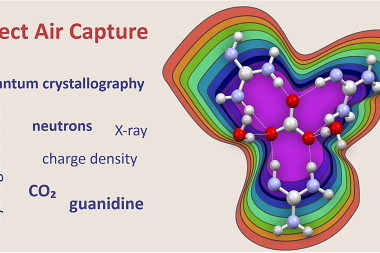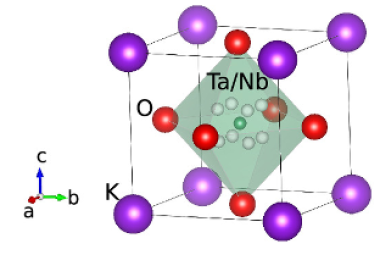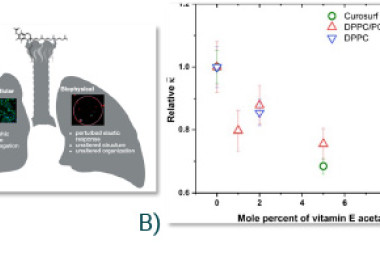Energy selective imaging in materials science, engineering, materials processing, environmental sciences and biology
Spallation Neutron Source
SNS produces neutrons with an accelerator-based system that delivers short (microsecond) proton pulses to a steel target filled with liquid mercury through a process called spallation. Those neutrons are then directed toward state-of-the-art instruments that provide a variety of capabilities to researchers across a broad range of disciplines, such as physics, chemistry, biology, and materials science.
SNS is available to researchers around the world with varying degrees of experience. Submitted research proposals are reviewed by independent scientists from within the neutron scattering community to ensure the most promising ones are chosen.
With its more intense, brighter source of neutrons and world-class instrument suite, SNS provides the neutron scattering community with unprecedented research opportunities. The facility allows for measurements of greater sensitivity, higher speed, higher resolution, and in more complex sample environments than have been possible at existing neutron facilities.
These details help lead to advances that can lower the cost, improve the efficiency, and improve the safety of products we use every day like:
Proton Power Upgrade: Twice the power to advance neutron sciences
The Spallation Neutron Source (SNS) and High Flux Isotope Reactor (HFIR) user facilities at ORNL enable scientists to employ the unique properties of neutrons to advance scientific discovery and address some of the most pressing challenges of our time.
The Proton Power Upgrade project doubled the power capability of the SNS linear accelerator, from 1.4 to 2.8 megawatts, to facilitate new types of experiments and discoveries.
The project included building a connector between the accelerator and the planned Second Target Station (STS) at SNS. Workers added about 3,000 square feet of concrete tunnel, which connects to the existing accelerator tunnel. Other construction tasks included associated structures, roofing, geomembrane liner, tunnel waterproofing, electrical, fire alarm, ventilation systems and controls.
Details on the project can be found here.














